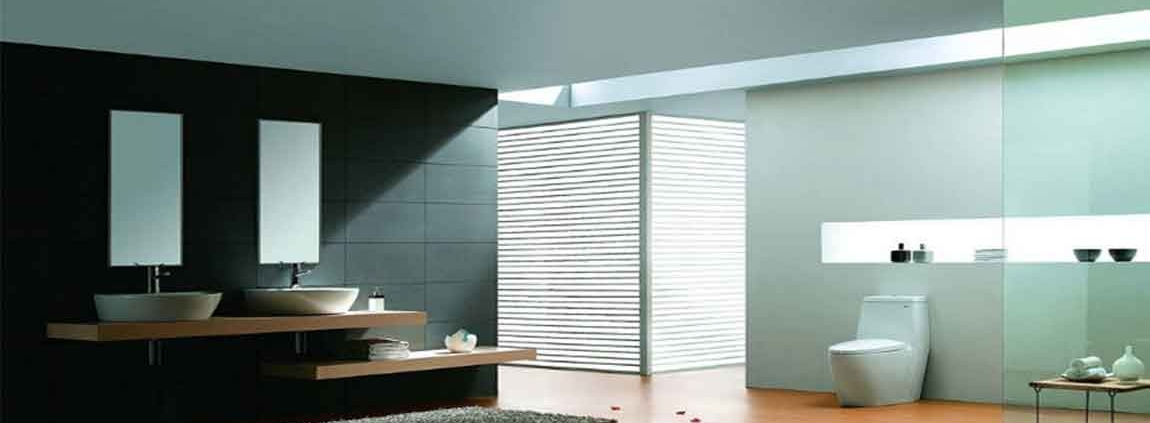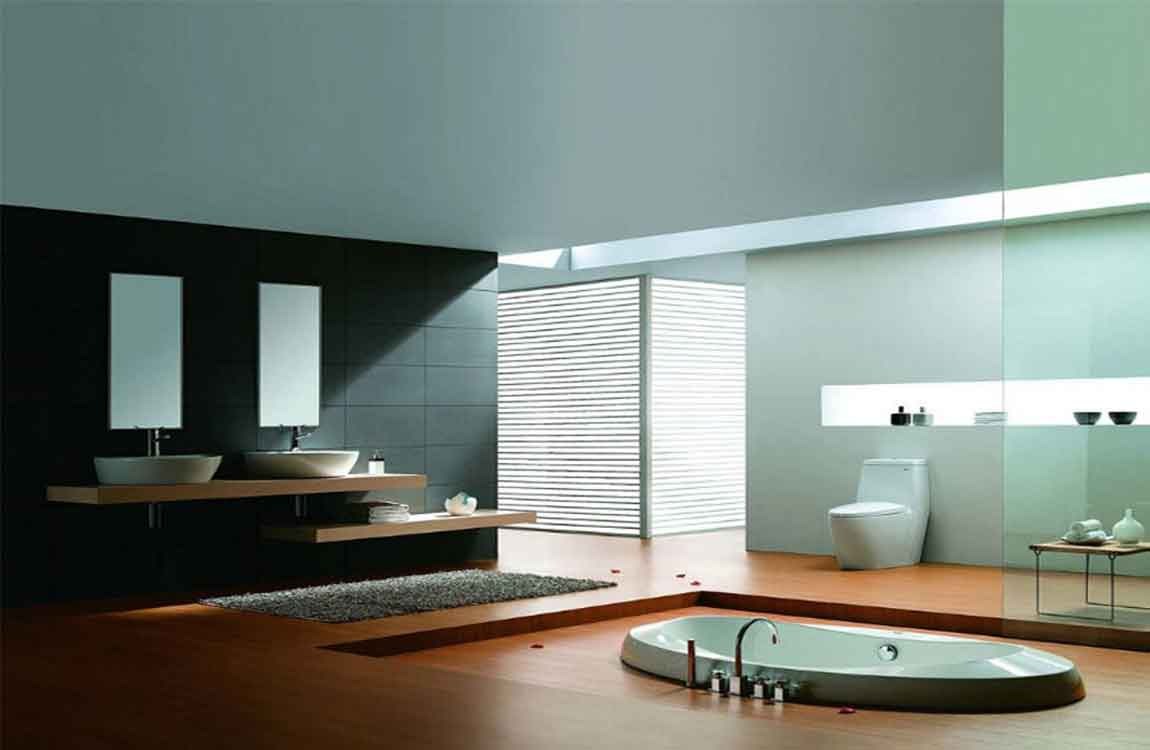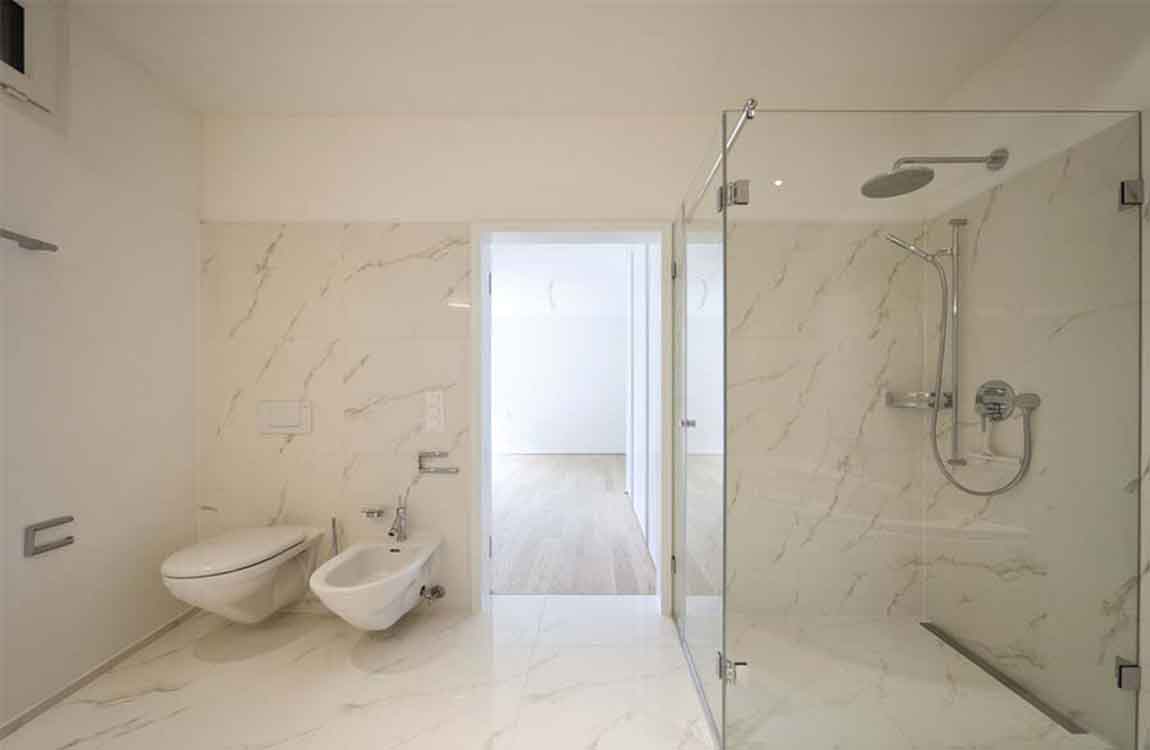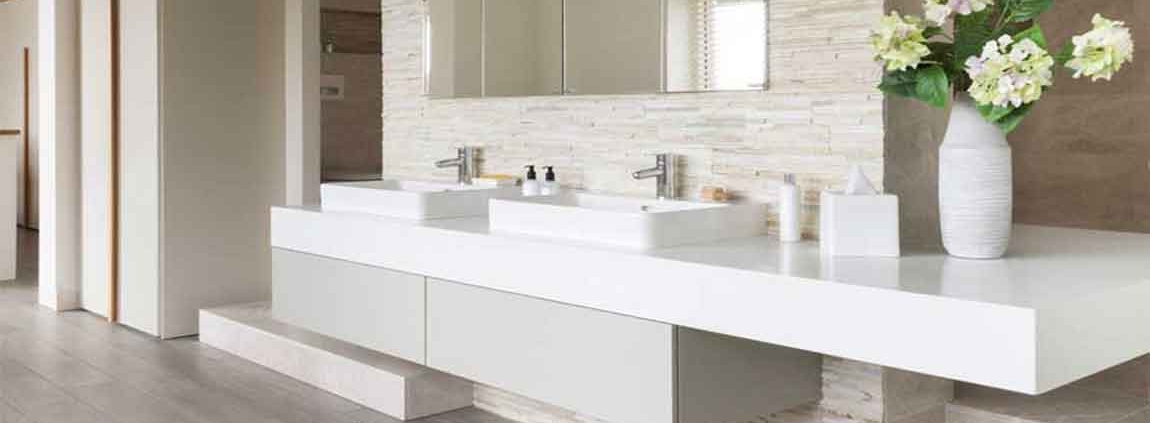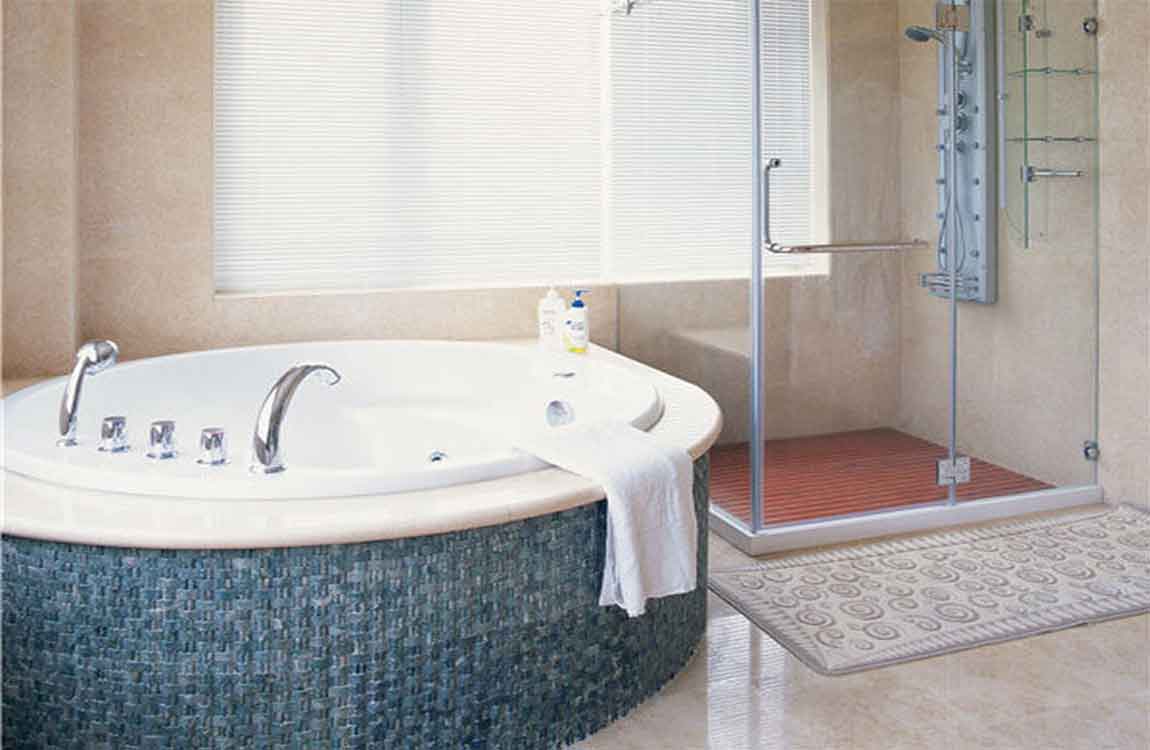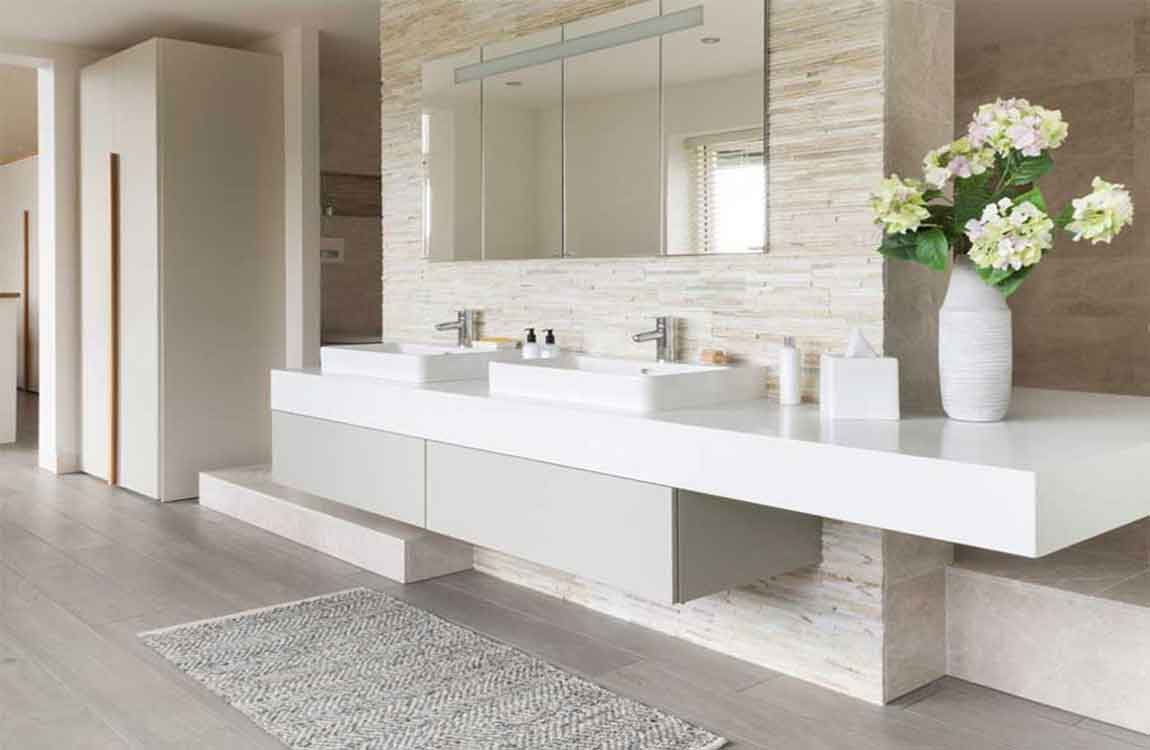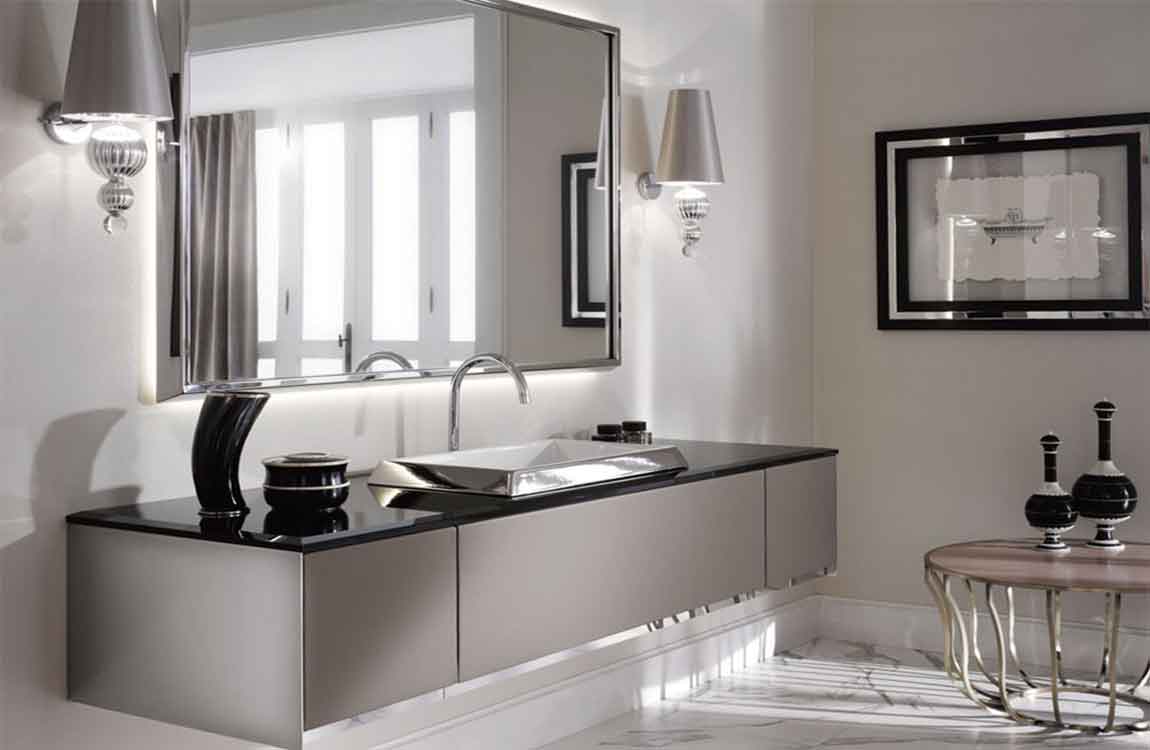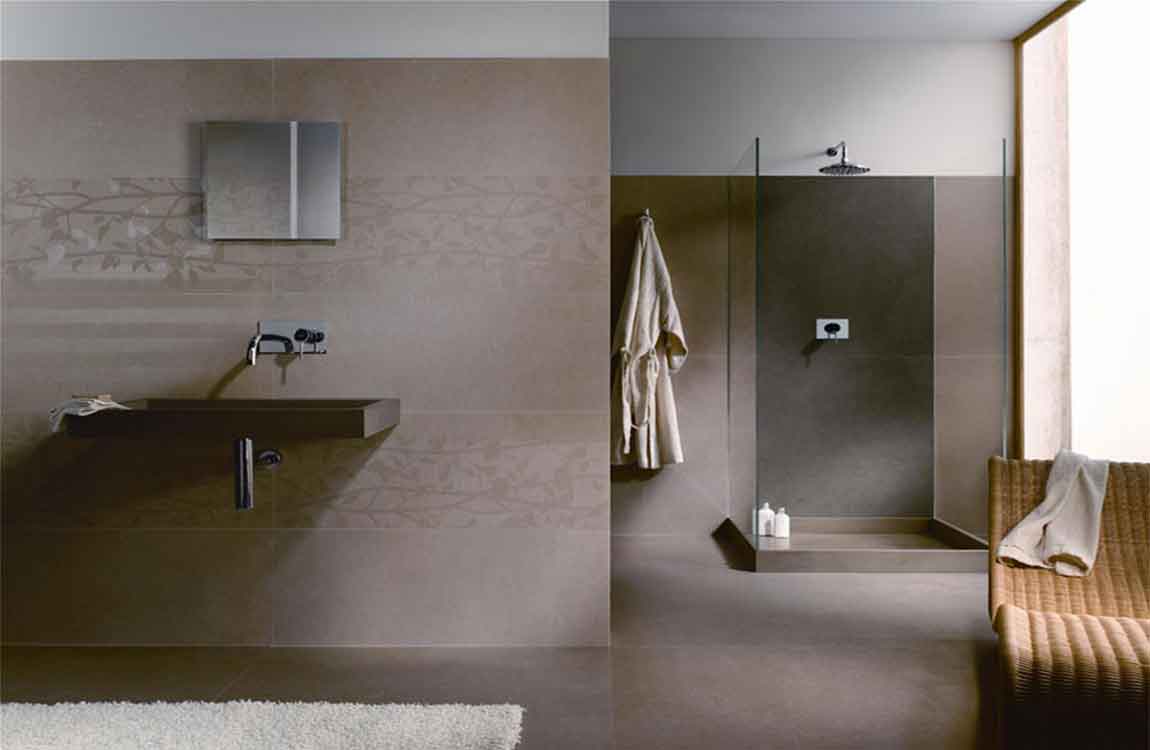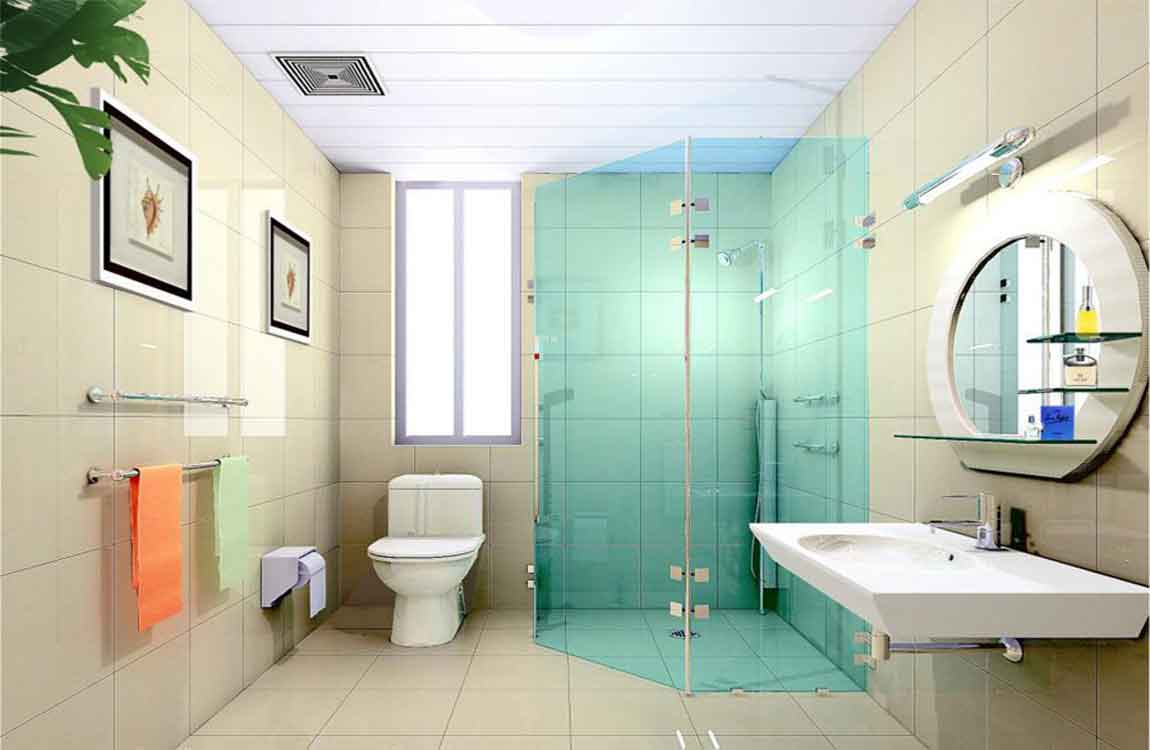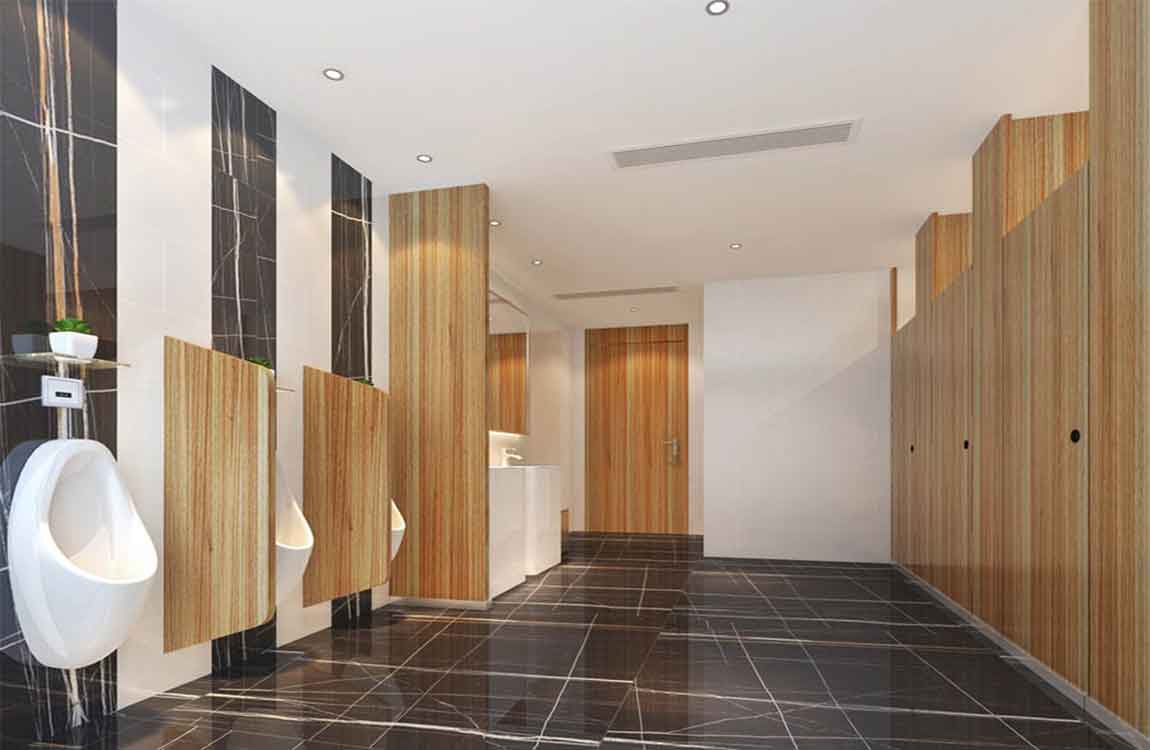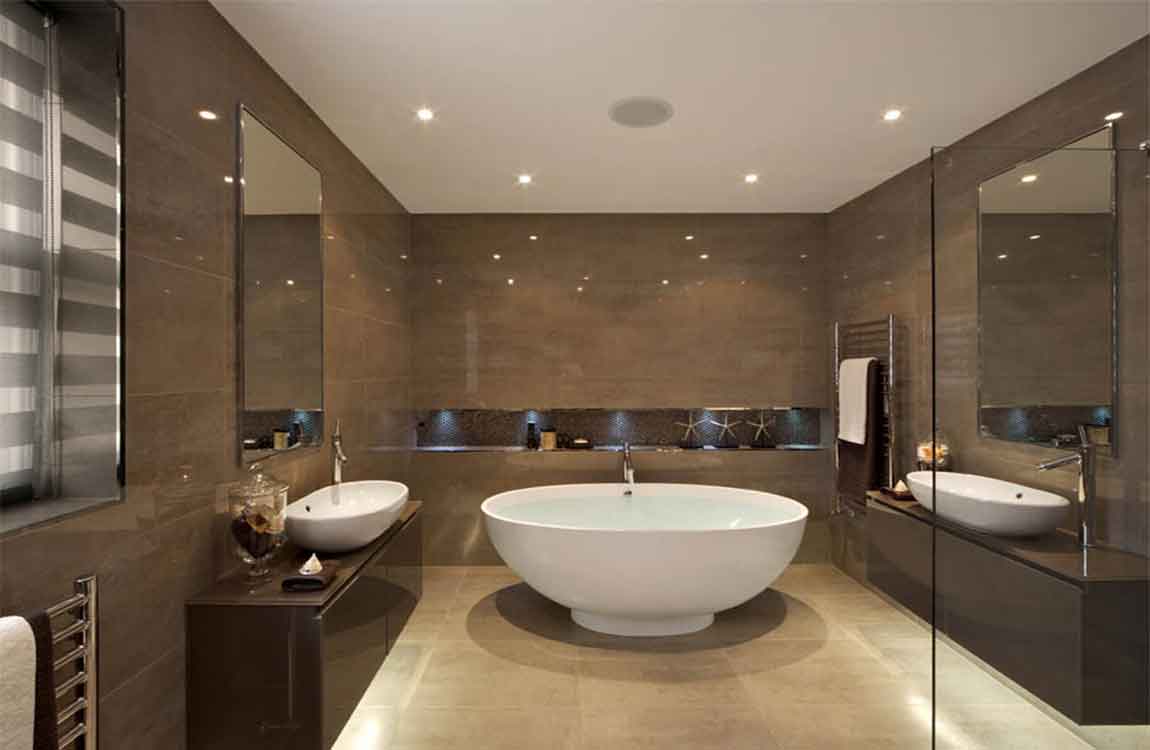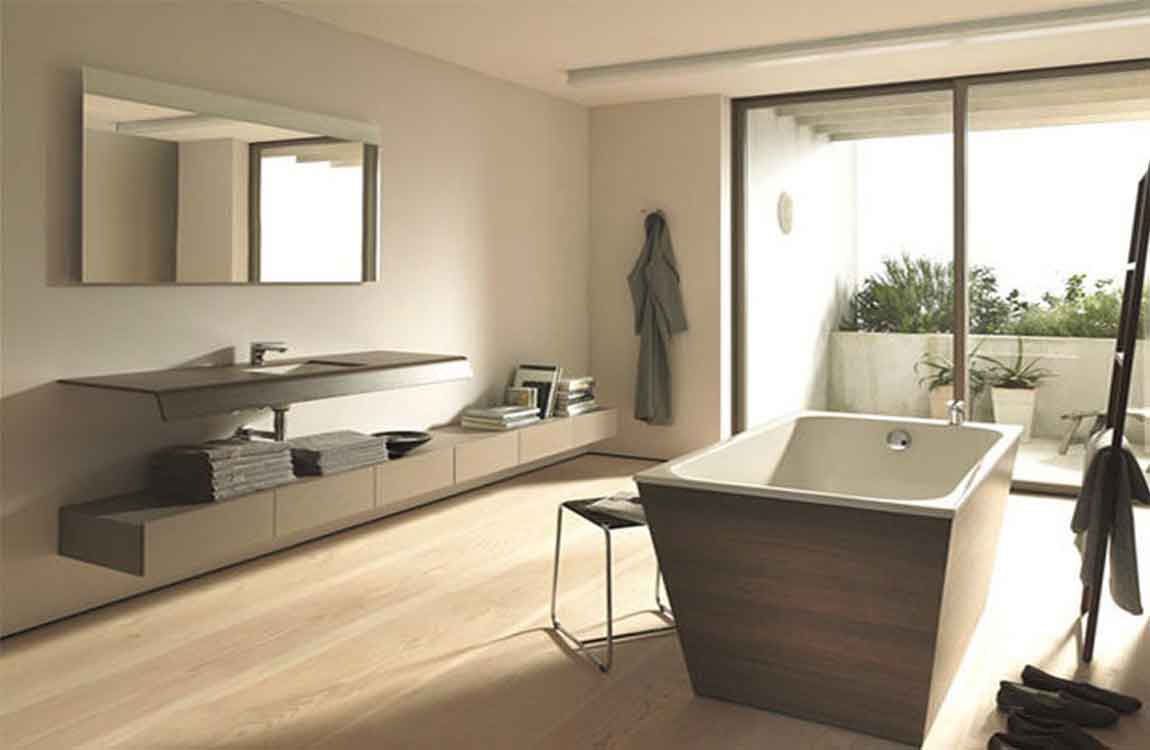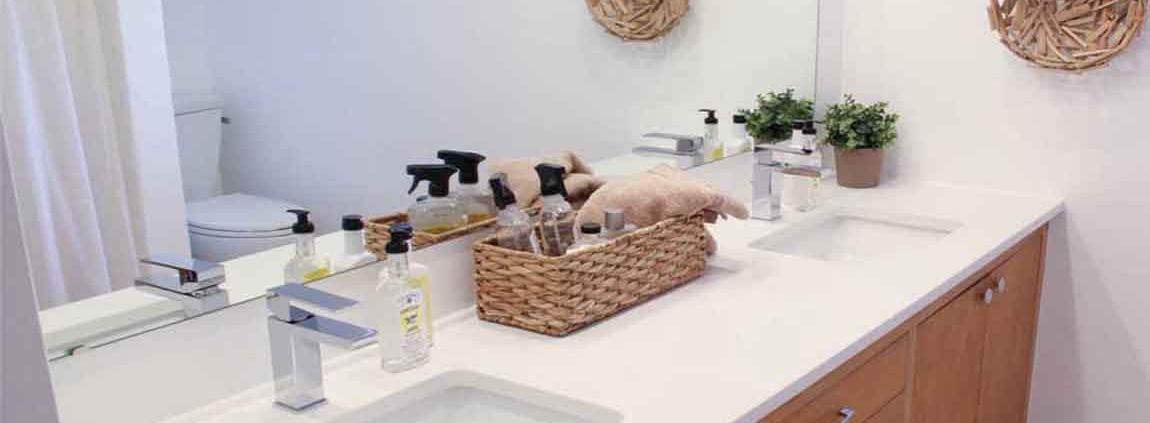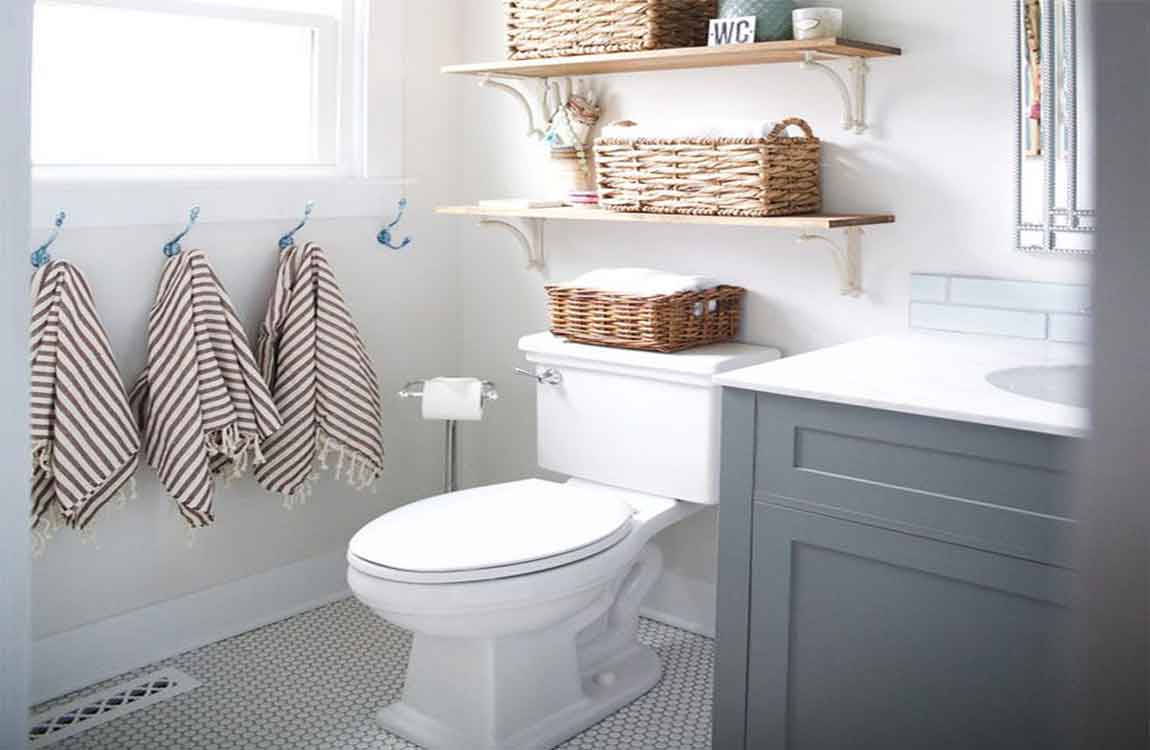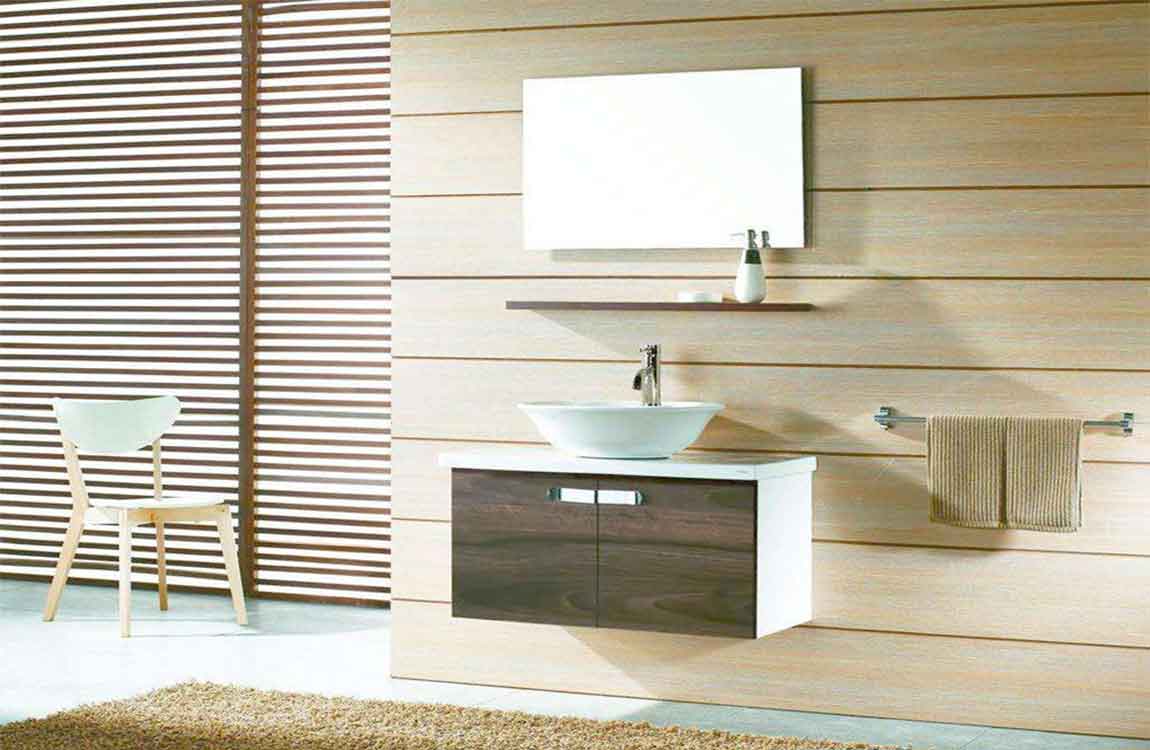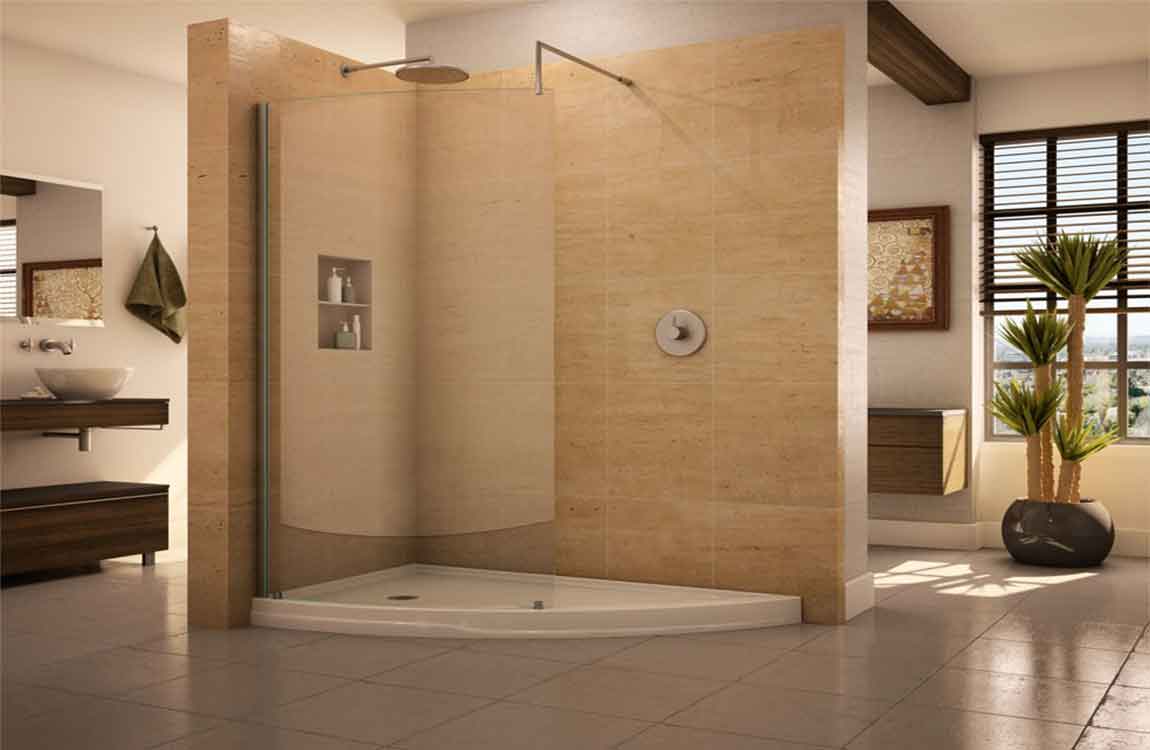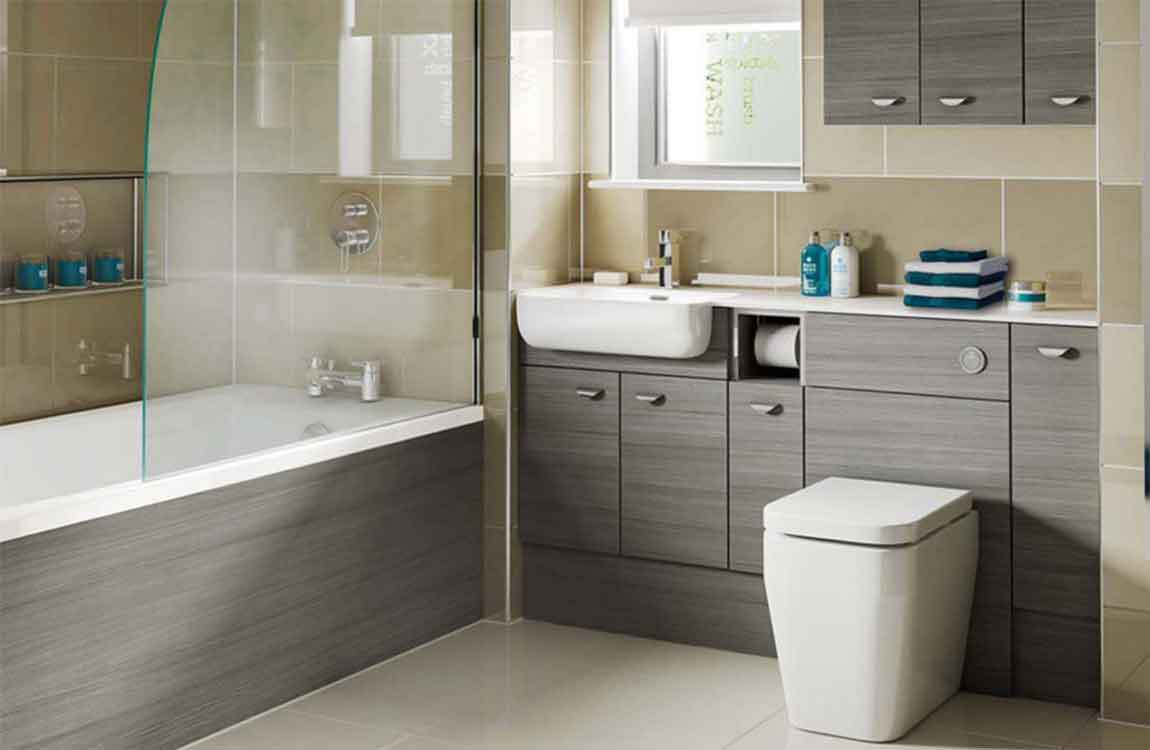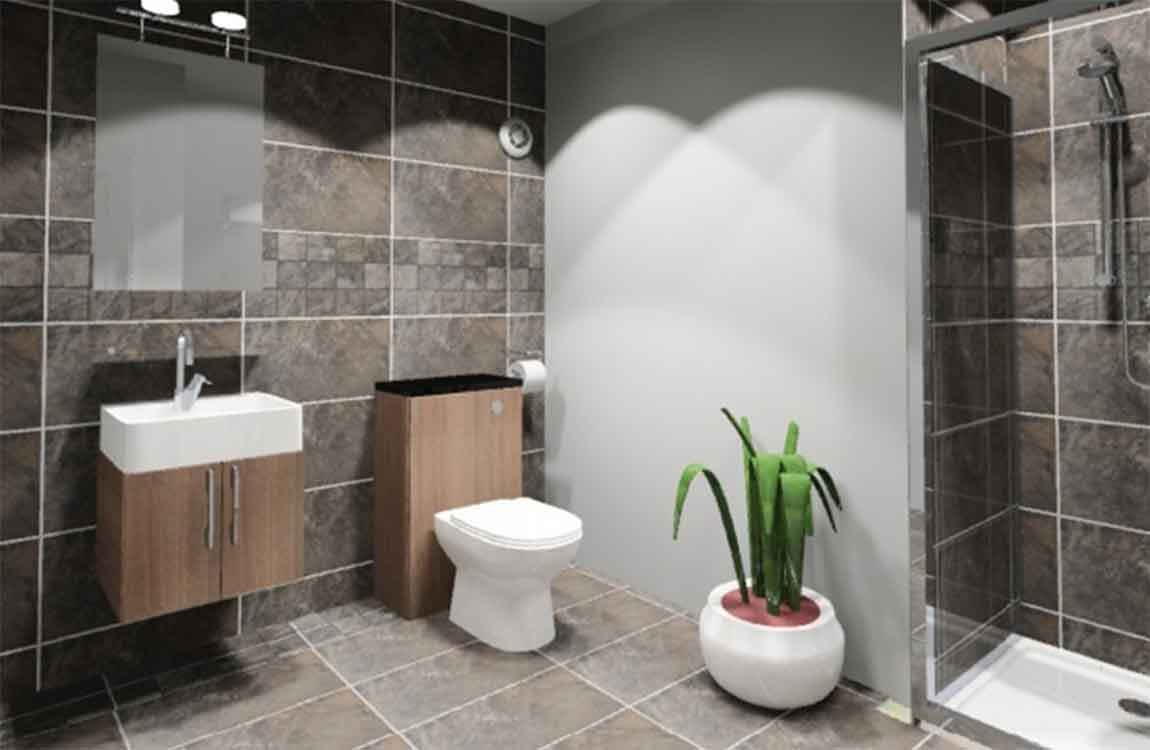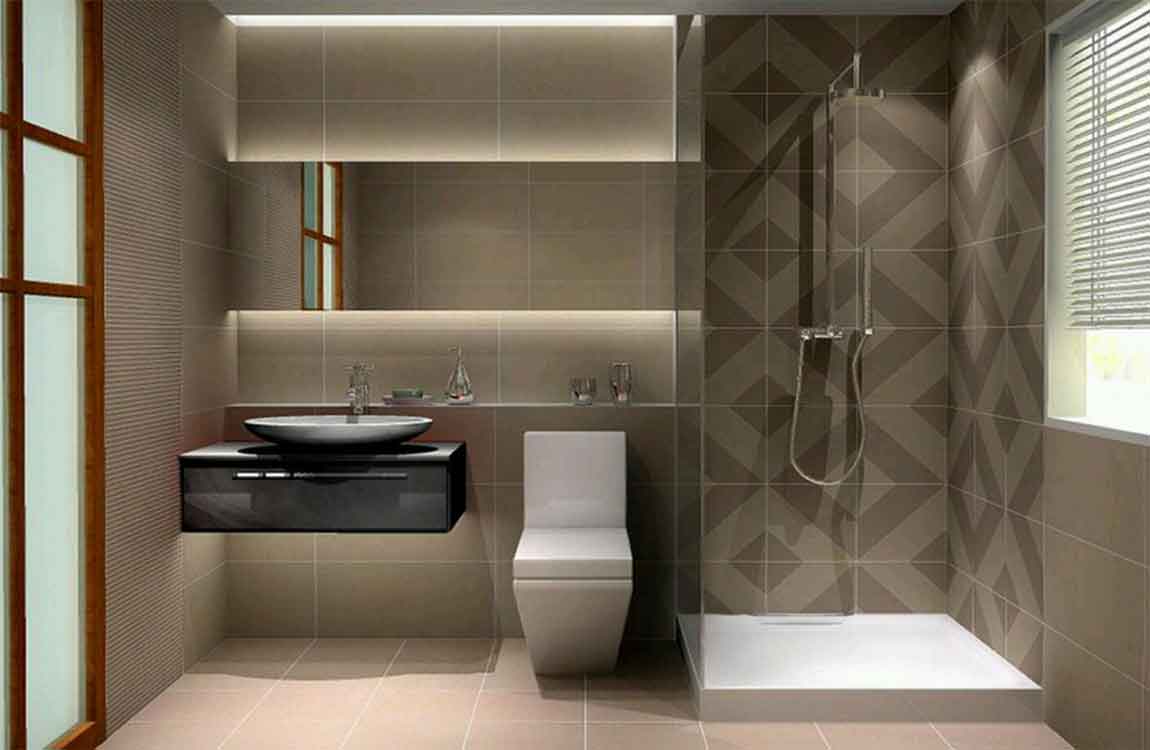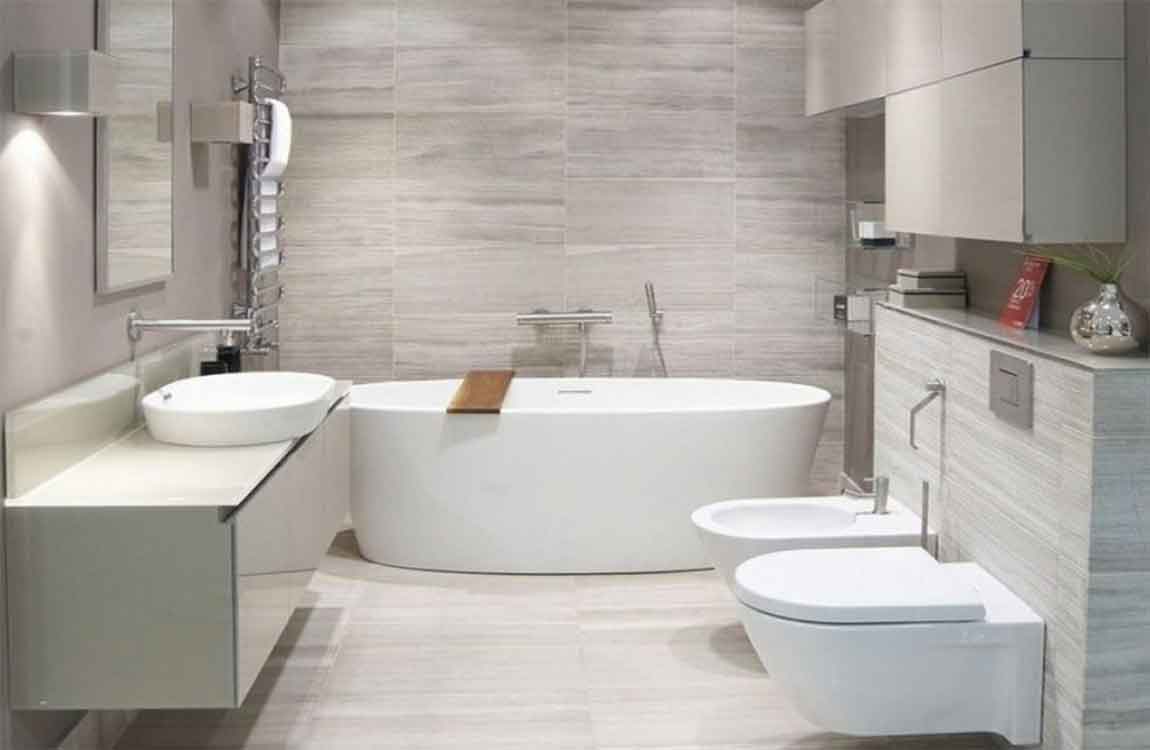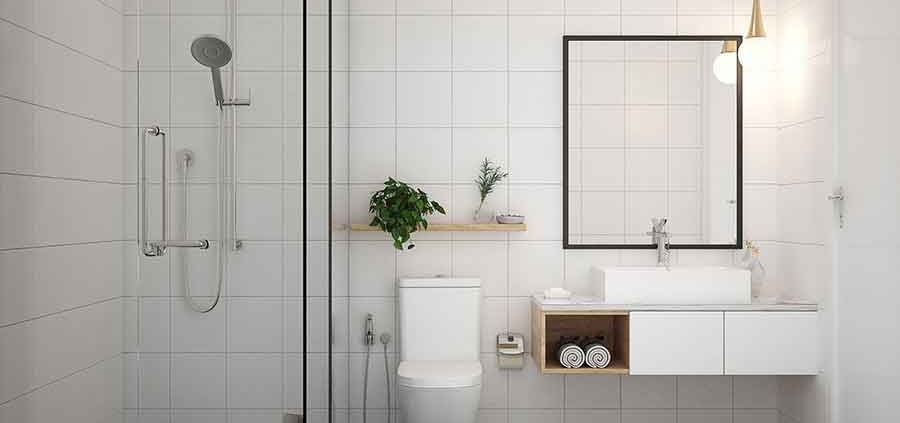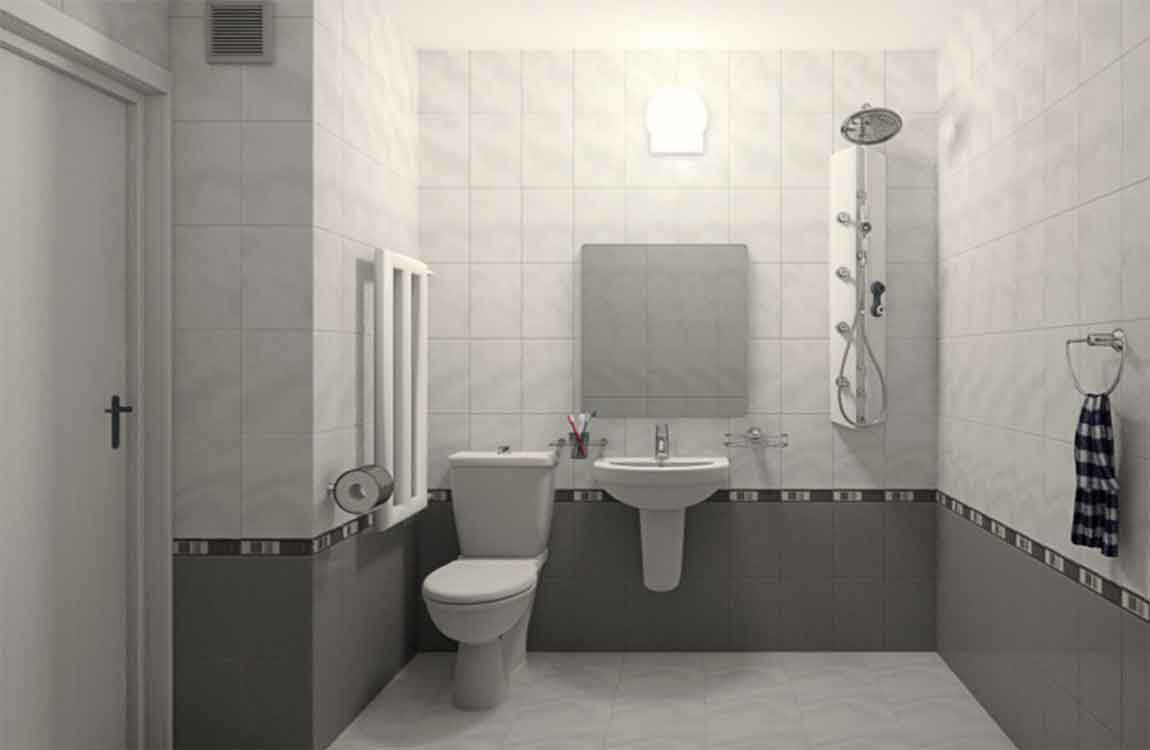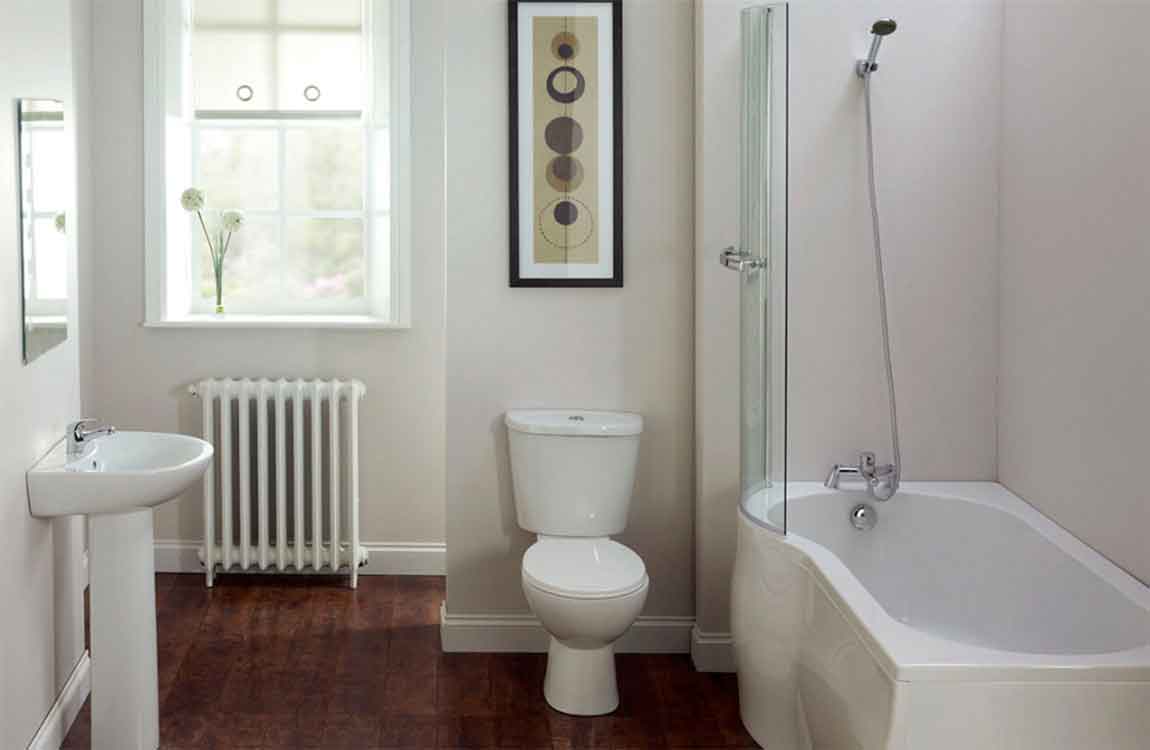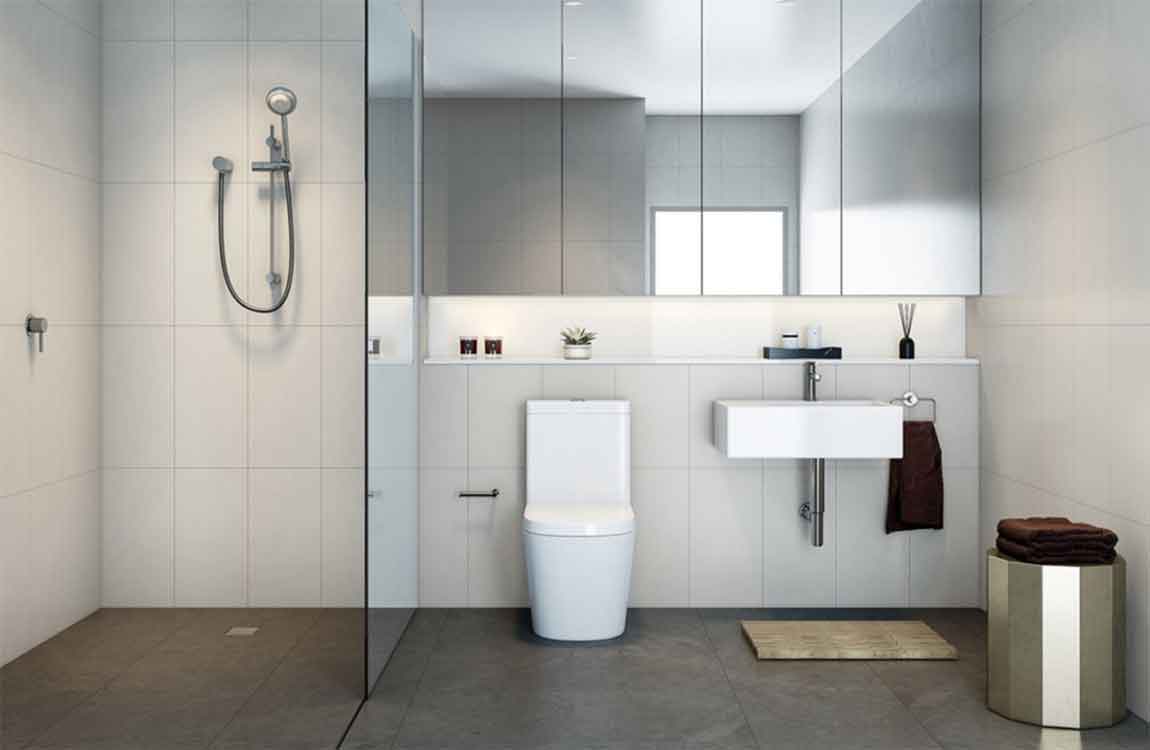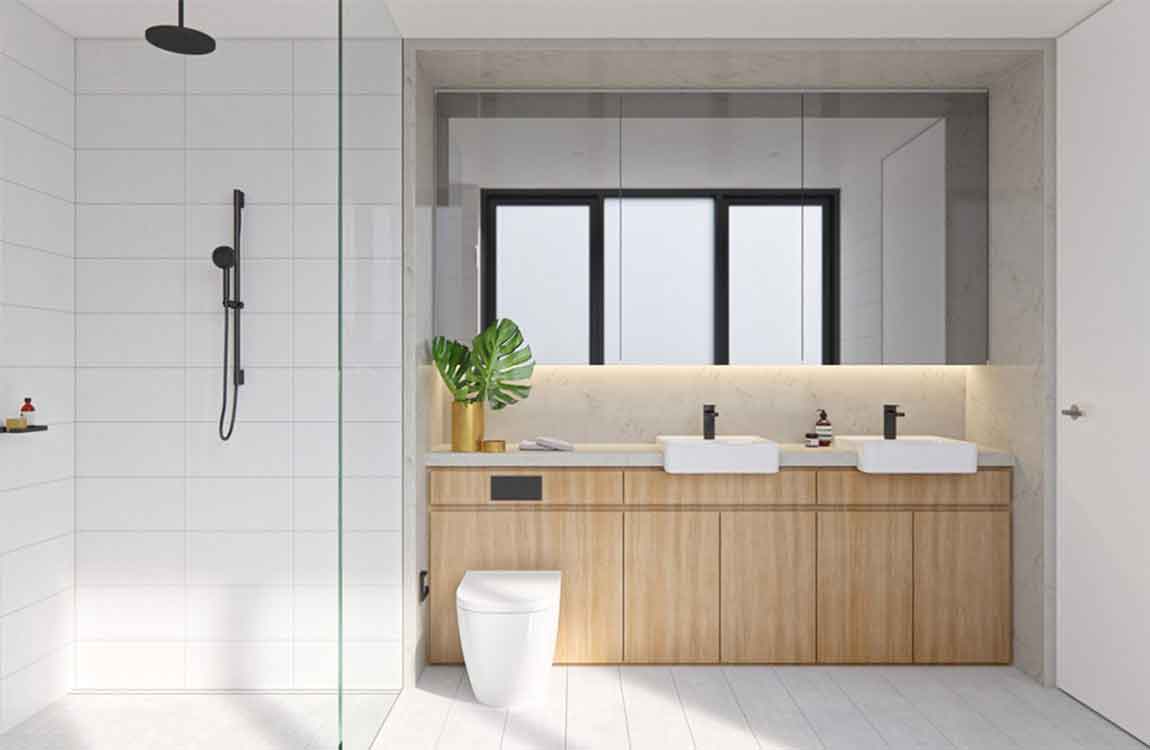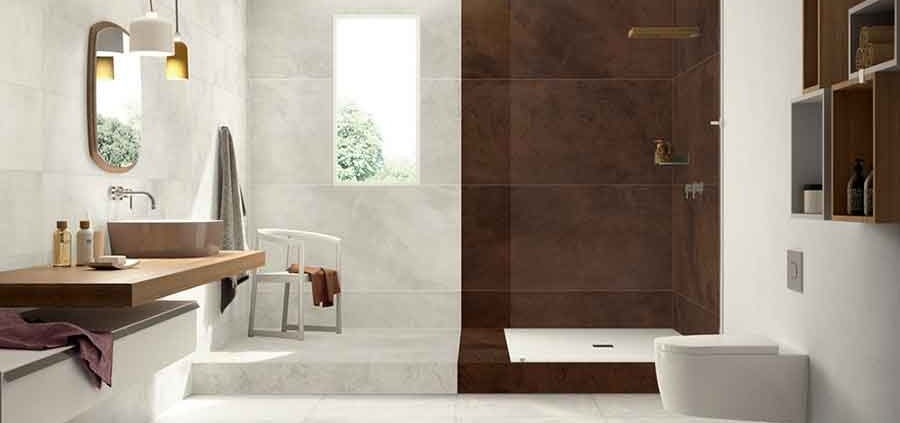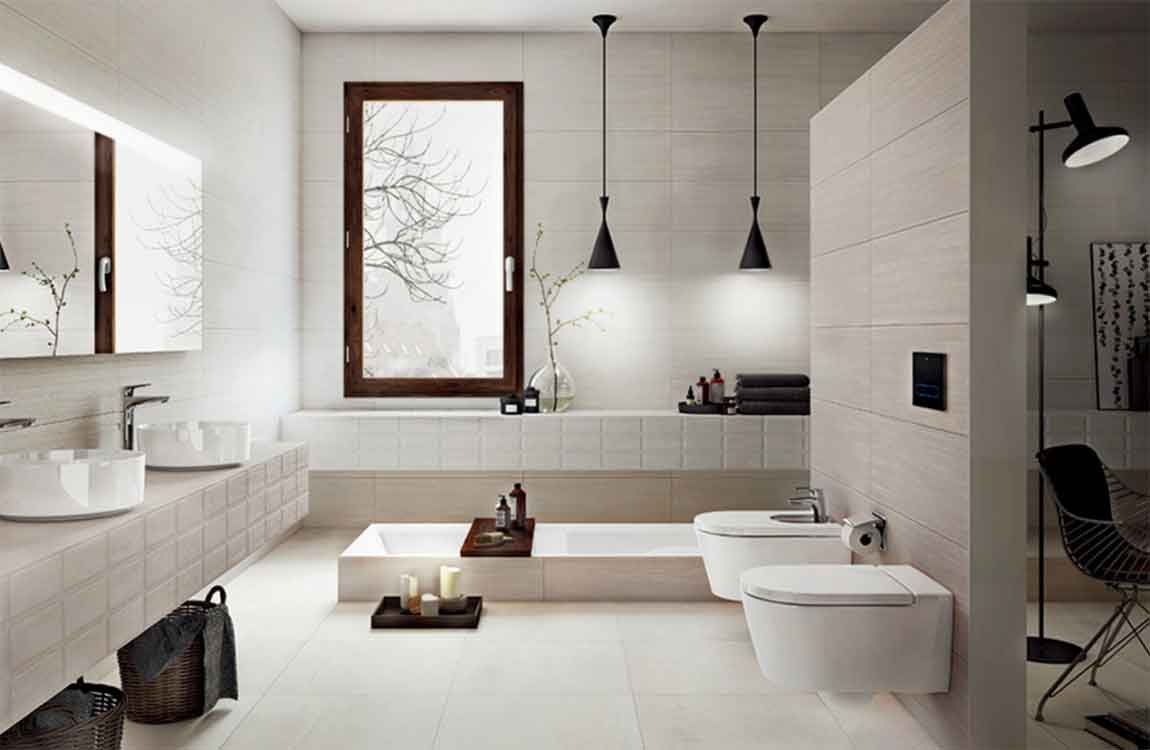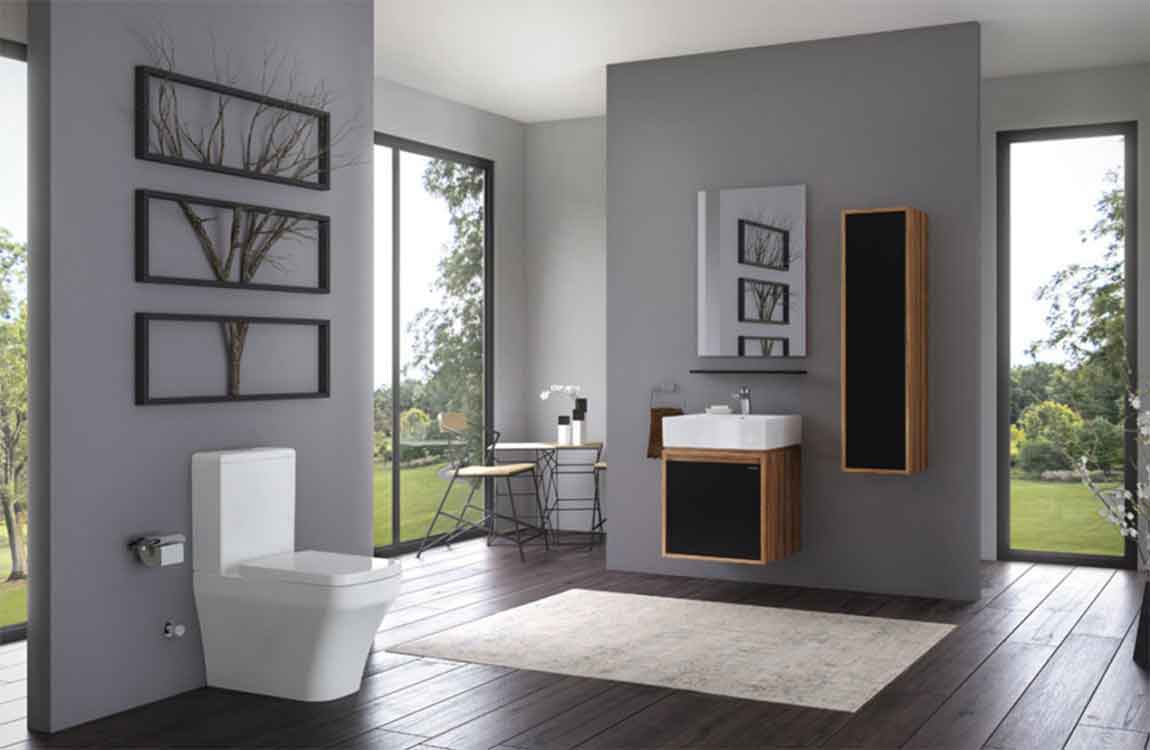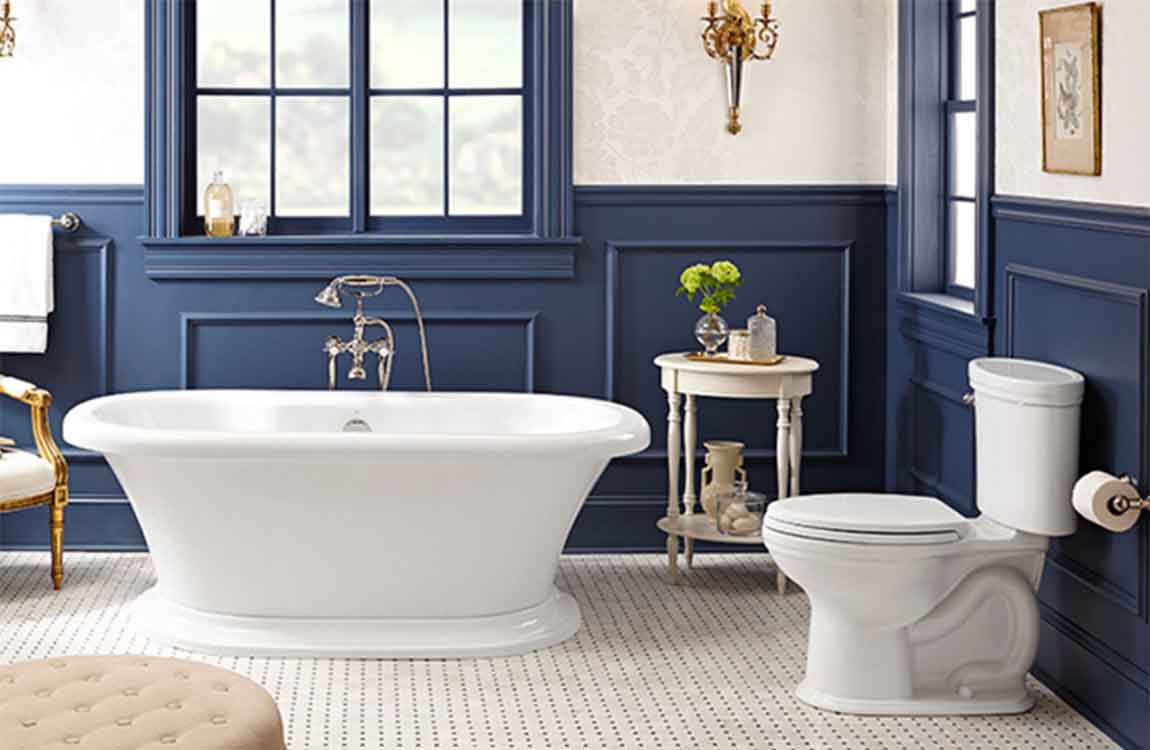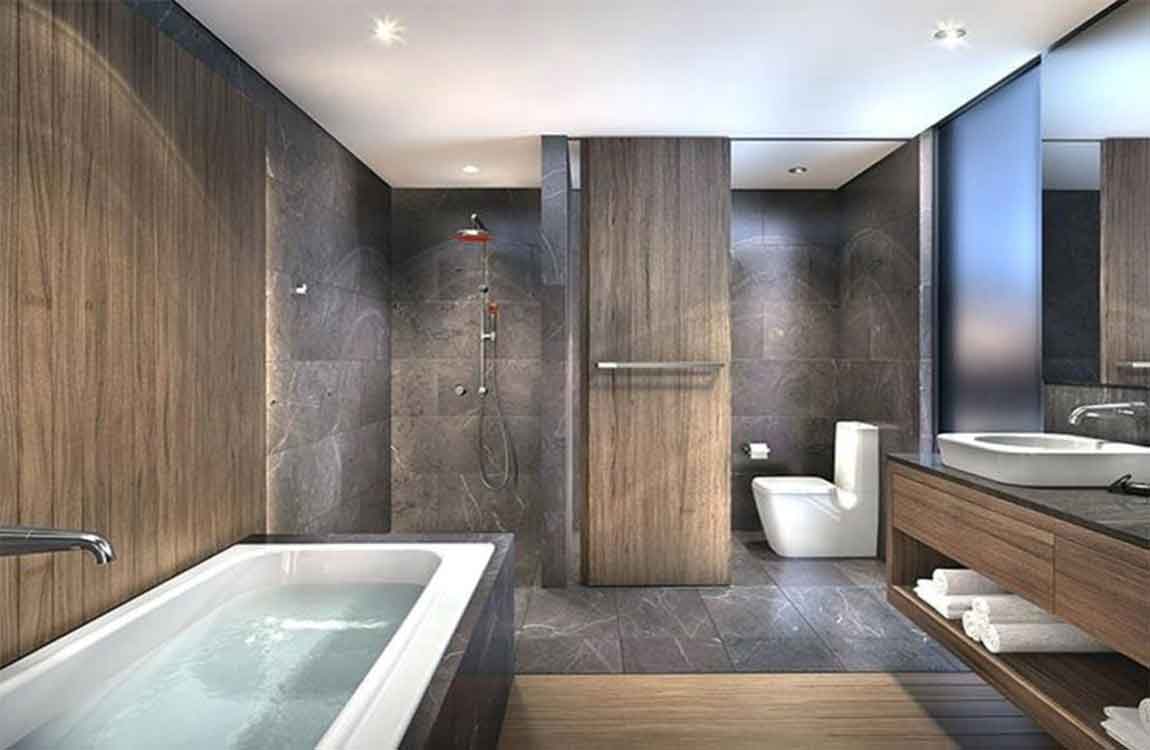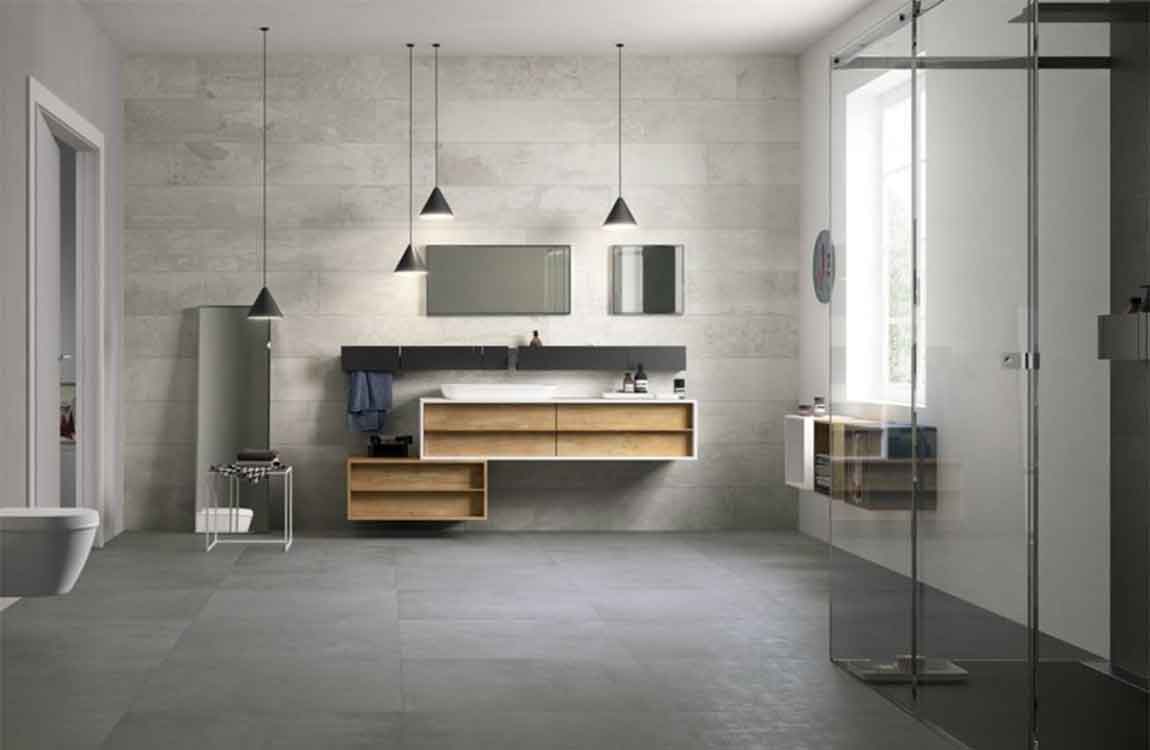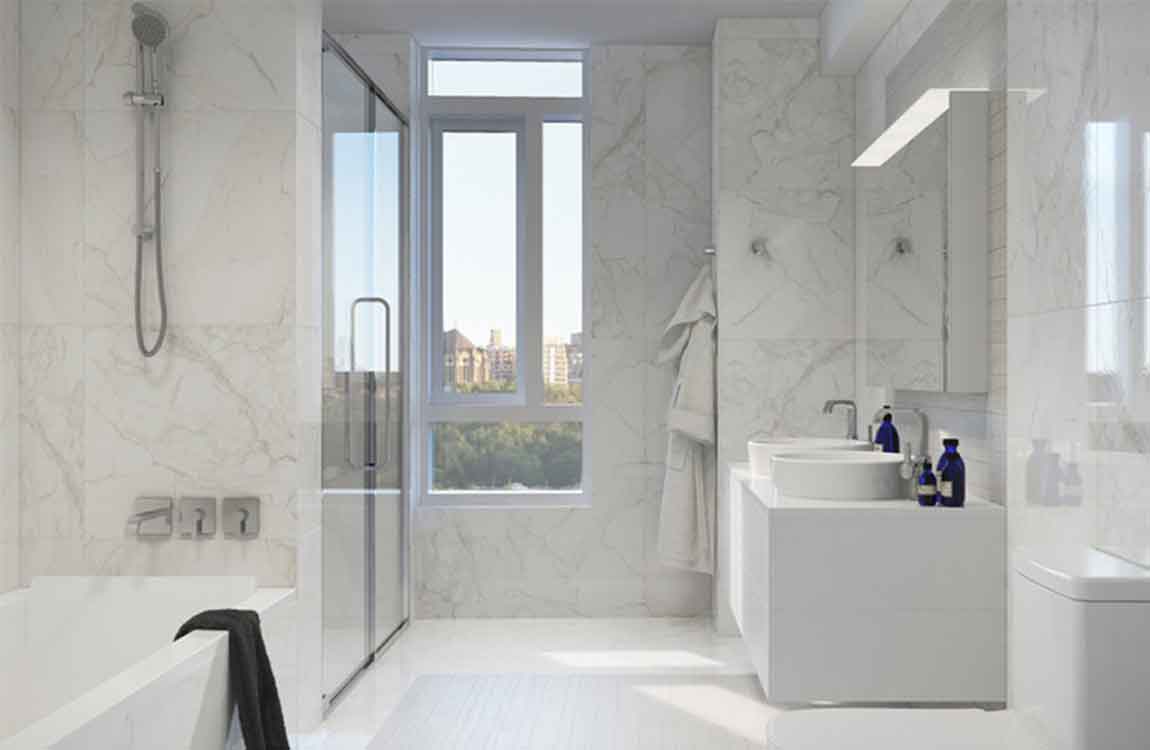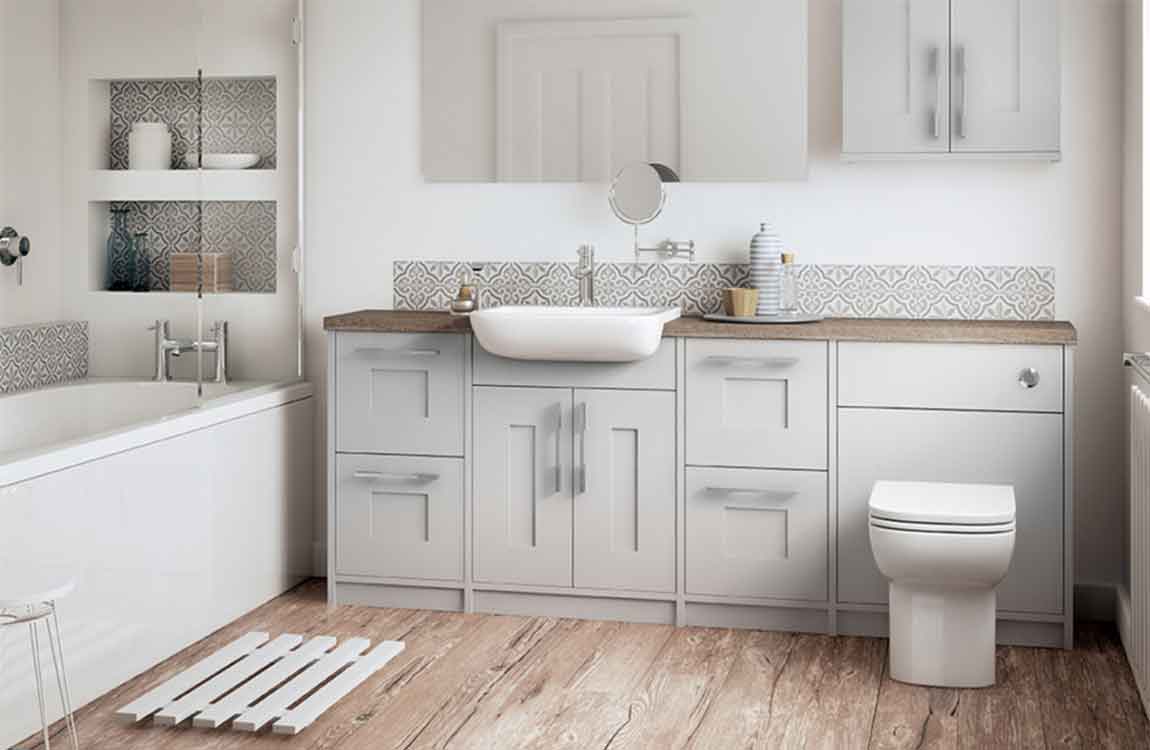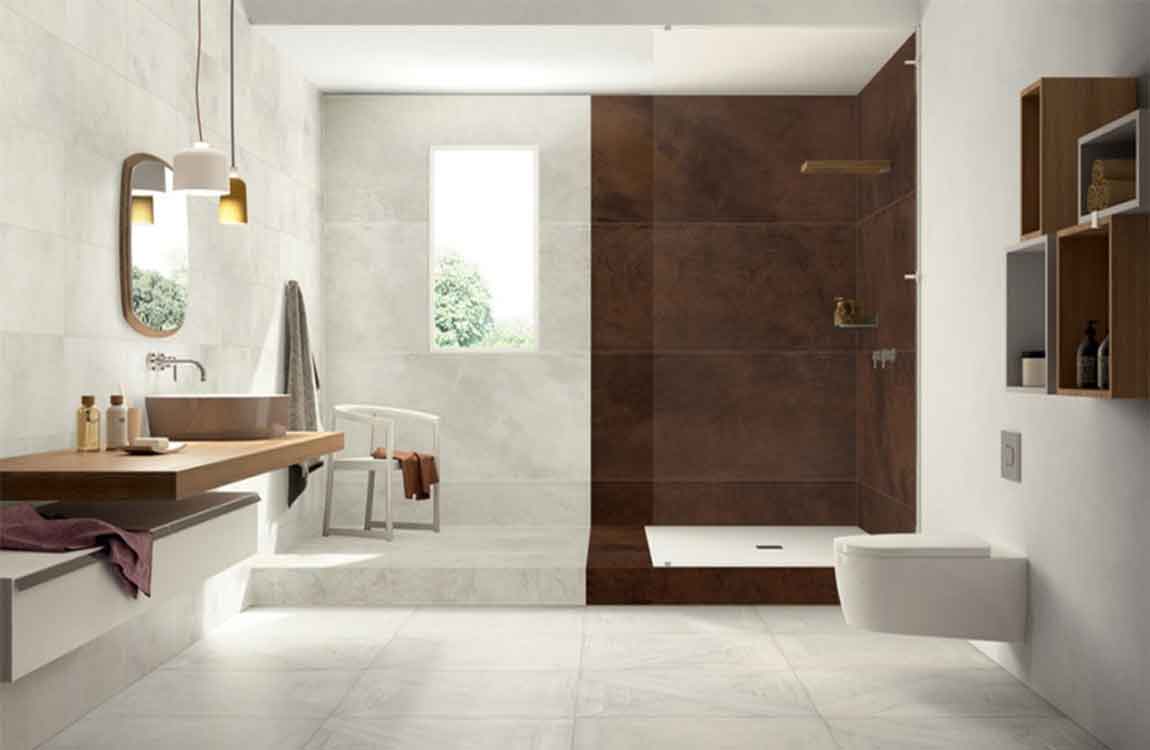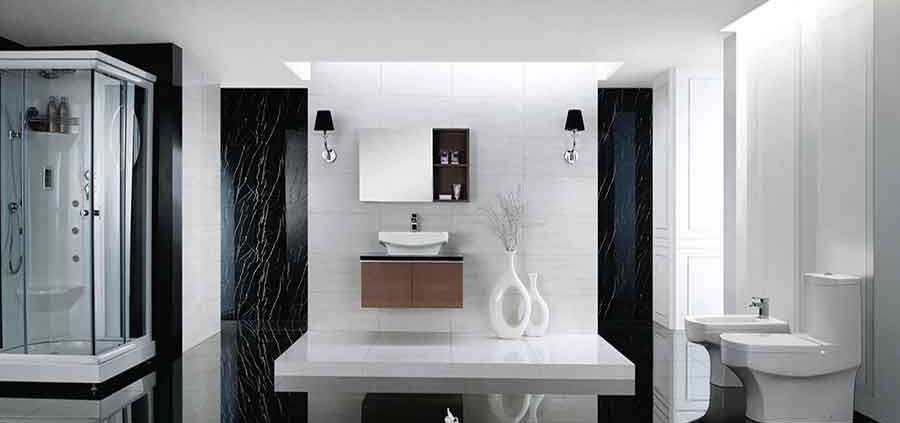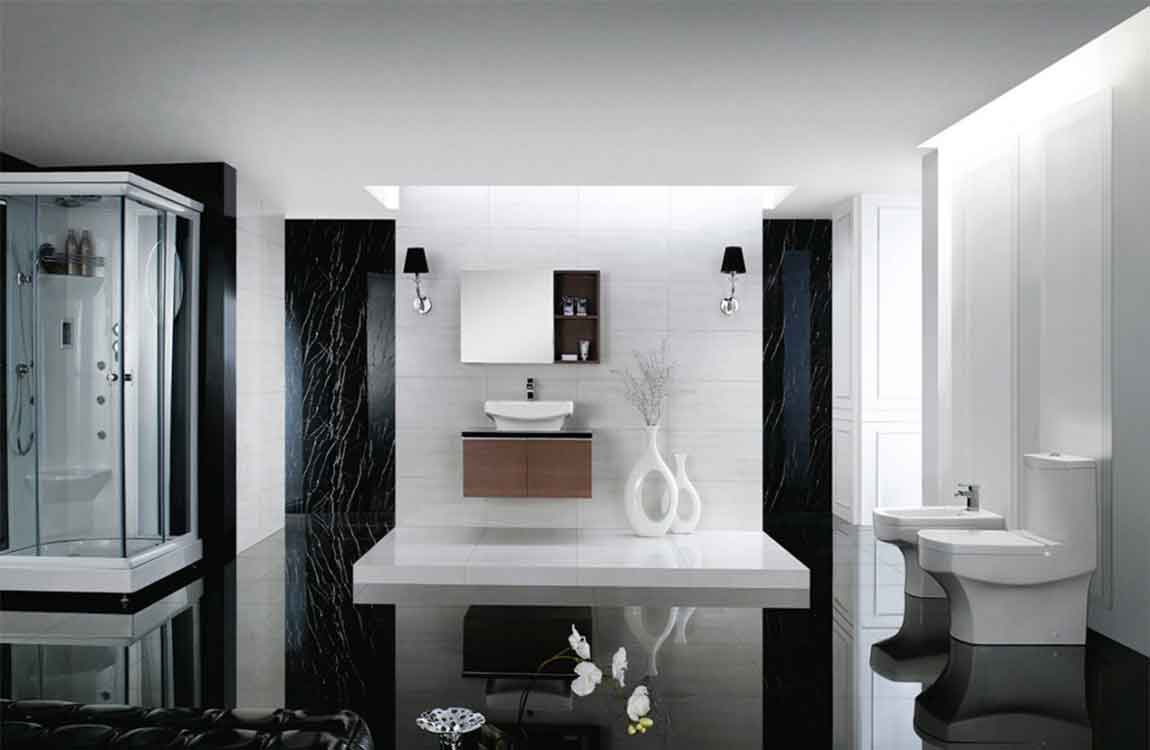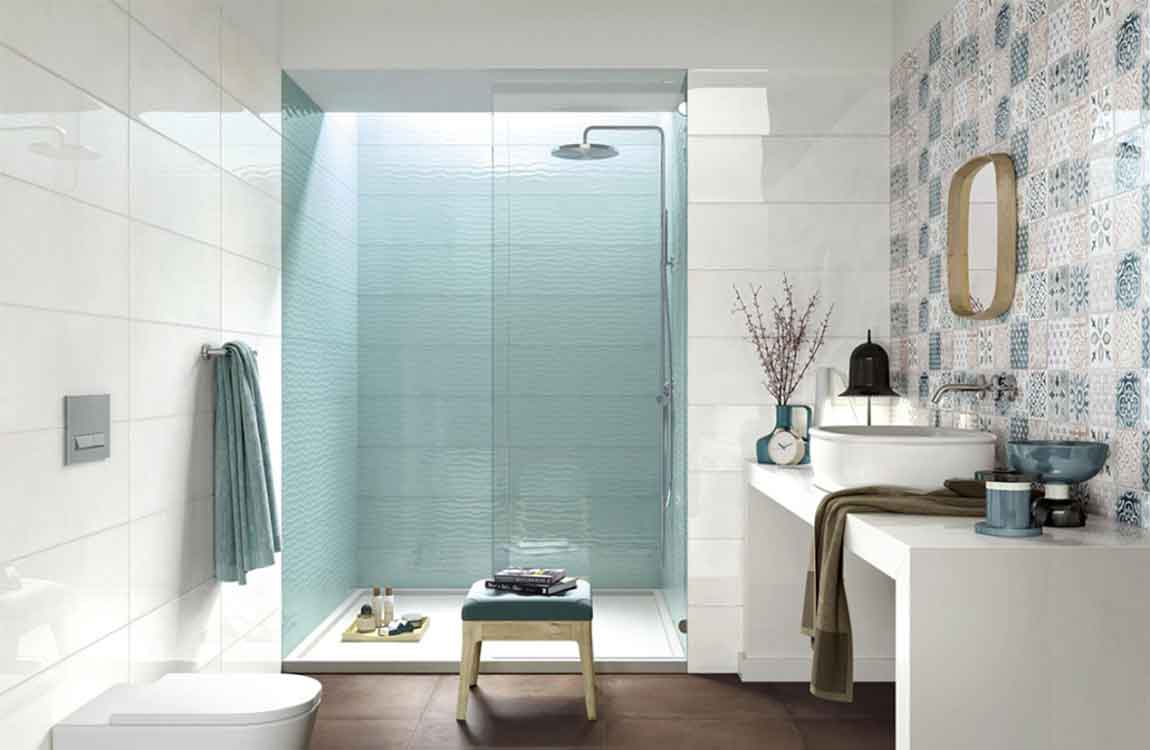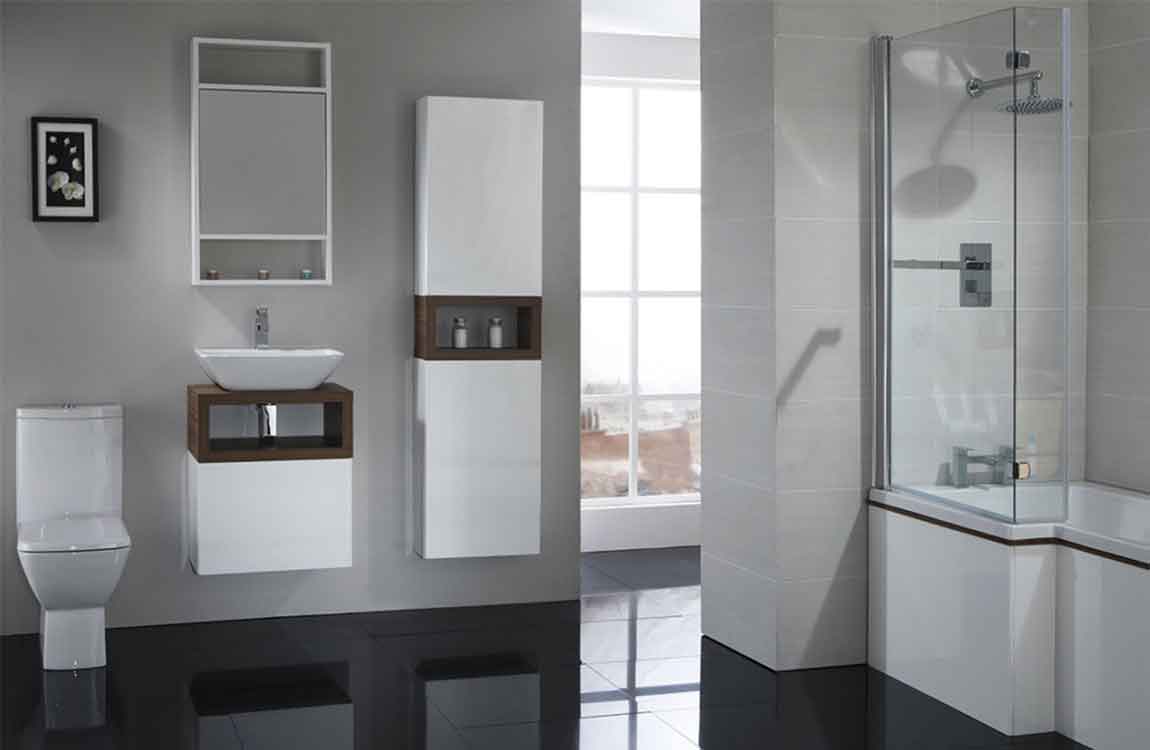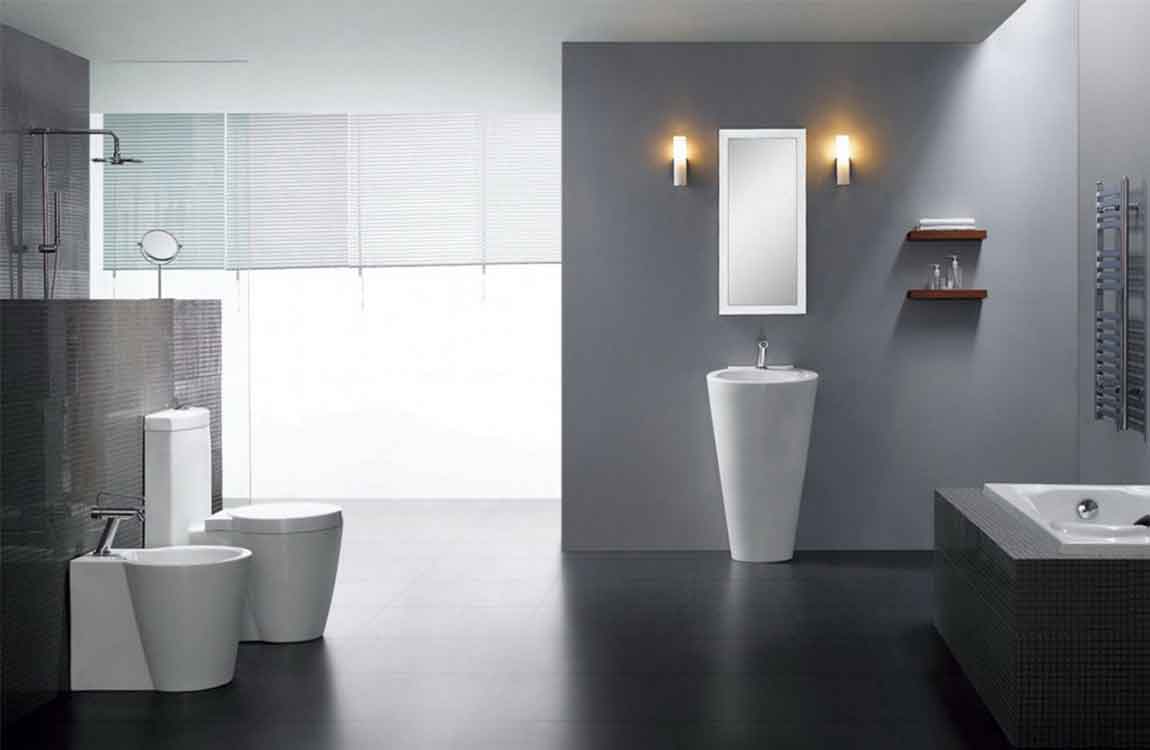How Removing Hair with a Hanger?
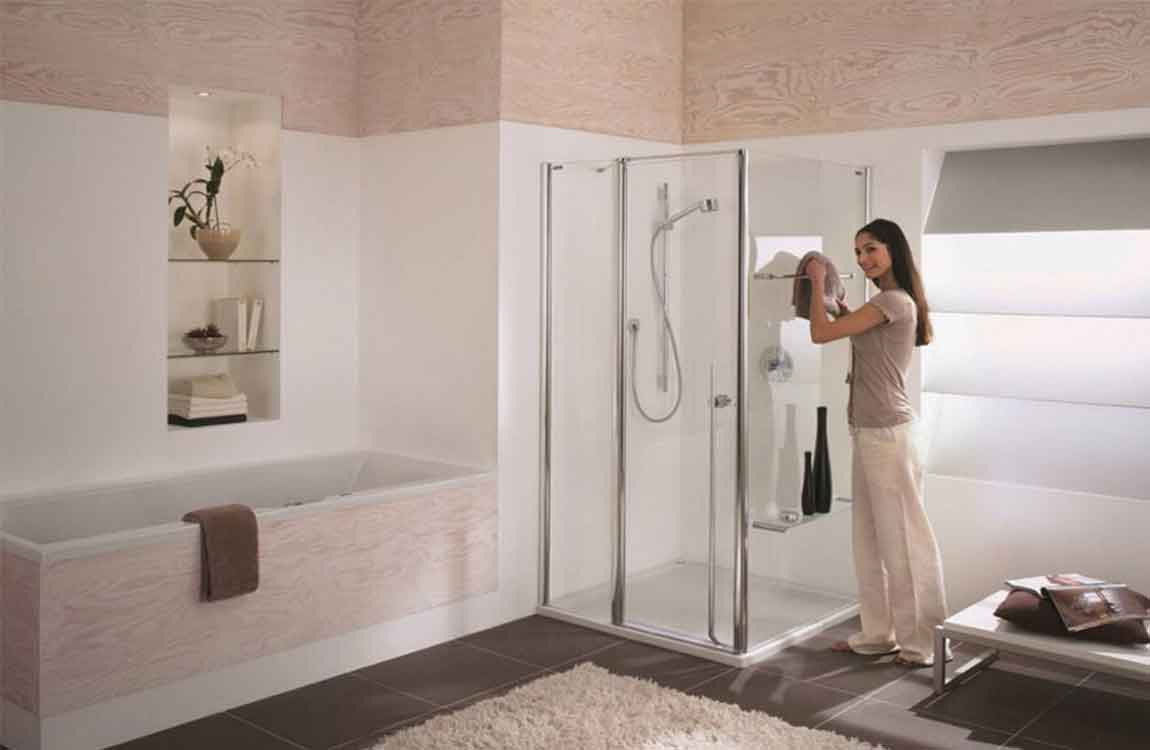
Bend a wire hanger into a straight line, leaving a small hook at one end. Use your hands to bend a wire hanger as flat and straight as you can. Grip one end of the hanger and make a small curl—small enough so it can fit into the drain and, if applicable, through the strainer below the drain stopper. You may need to wear work gloves to give you some traction.

Don’t worry if there are a few slight bends in the hanger, just try to get the center part it as straight as you can so it can fit down into the drain. Create a half-square-shaped handle on one end of the hanger. Bend one end of the hanger into a shape that looks like half of a square (or the big dipper). Make a total of 4 90-degree angle bends in the following order: the first to the right, the second upwards, the third to the left, and a final one back upwards.
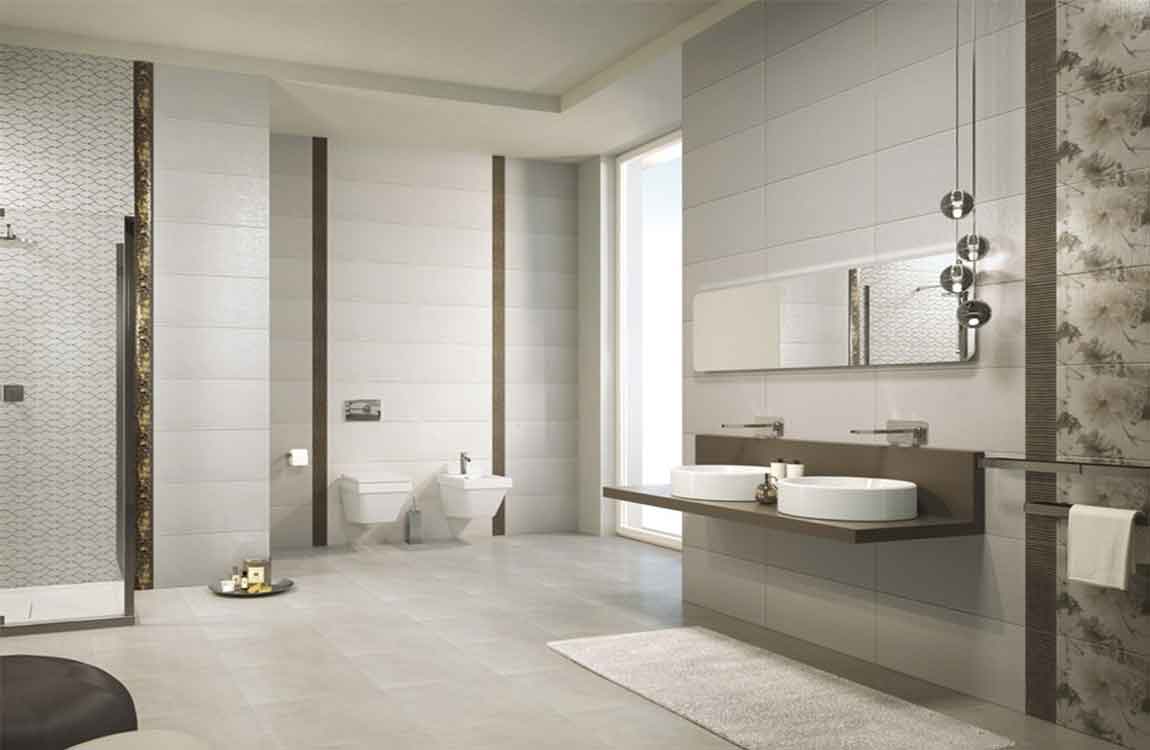
This end will act as a twisting handle. Remove the drain stopper with your hands or a screwdriver. Insert the tip of a screwdriver into the head of each screw and twist to the left to loosen them. Set the free screws someplace away from the open drain (like the bathroom floor) so there’s no risk of them falling in. Cover the holes with tape if you’re worried about accidentally dropping the small screws down the drain.

If you have a shower and tub combination, you might be able to take out the stopper by pushing it down and twisting it to the left. Insert the long end of the tool down into the drain. Place your right hand on the handle that you made and use your left hand to guide the long end down into the drain. Insert it as far as it will go or until the bottom of the handle is 4 inches (10 cm) to 6 inches (15 cm) above the drain opening.

Turn the tool clockwise while moving it up and down for 1 minute. Hold the tool by the handle with your right hand and use your left hand to rotate the top end in a circular motion. Push and pull the tool up and down into the drain as you twist it around. Moving the tool up and down will help the curled end of the wire collect as much hair as possible. Do this for up to 60 seconds or until you feel that the tool isn’t meeting any resistance from grime and hair.


